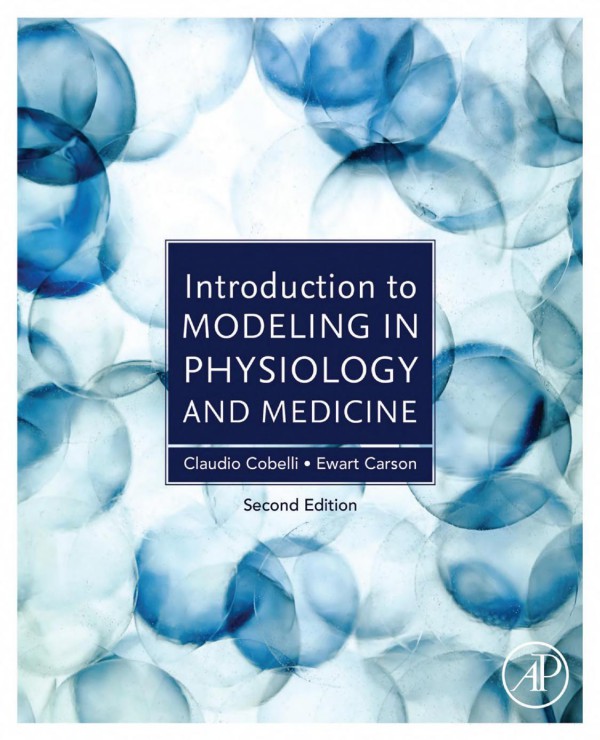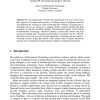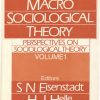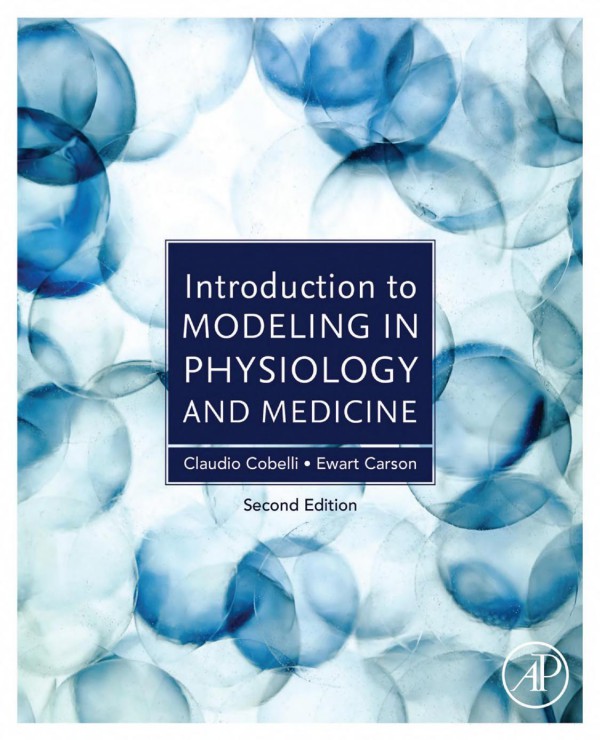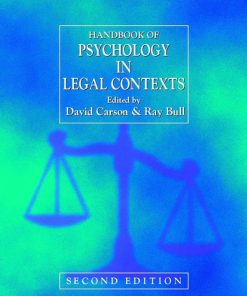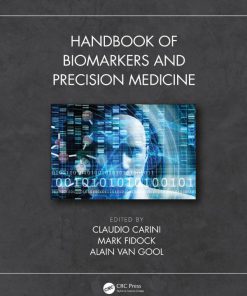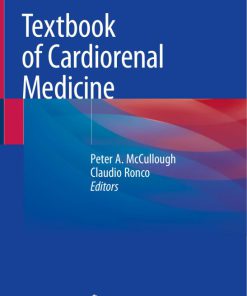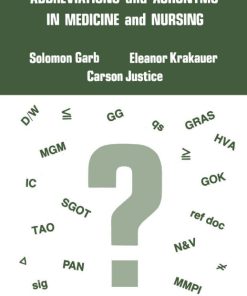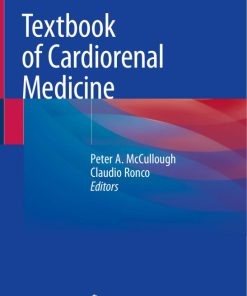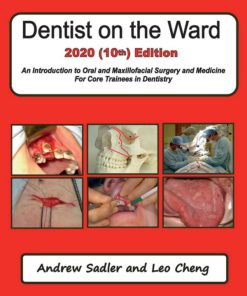Introduction to Modeling in Physiology and Medicine 2nd edition by Claudio Cobelli,Ewart Carson 9780128158050 0128158050
Original price was: $50.00.$25.00Current price is: $25.00.
Authors:Claudio Cobelli; Ewart Carson , Series:Physiology [13] , Tags:Computers; Business & Productivity Software; Business Intelligence; Bioinformatics; General , Author sort:Cobelli, Claudio & Carson, Ewart , Ids:9780128157565 , Languages:Languages:eng , Published:Published:Aug 2019 , Publisher:Elsevier Science , Comments:Comments:Introduction to Modeling in Physiology and Medicine, Second Edition, develops a clear understanding of the fundamental principles of good modeling methodology. Sections show how to create valid mathematical models that are fit for a range of purposes. These models are supported by detailed explanation, extensive case studies, examples and applications. This updated edition includes clearer guidance on the mathematical prerequisites needed to achieve the maximum benefit from the material, a greater detail regarding basic approaches to modeling, and discussions on non-linear and stochastic modeling. The range of case study material has been substantially extended, with examples drawn from recent research experience. Key examples include a cellular model of insulin secretion and its extension to the whole-body level, a model of insulin action during a meal/oral glucose tolerance test, a large-scale simulation model of type 1 diabetes and its use in in silico clinical trials and drug trials.

